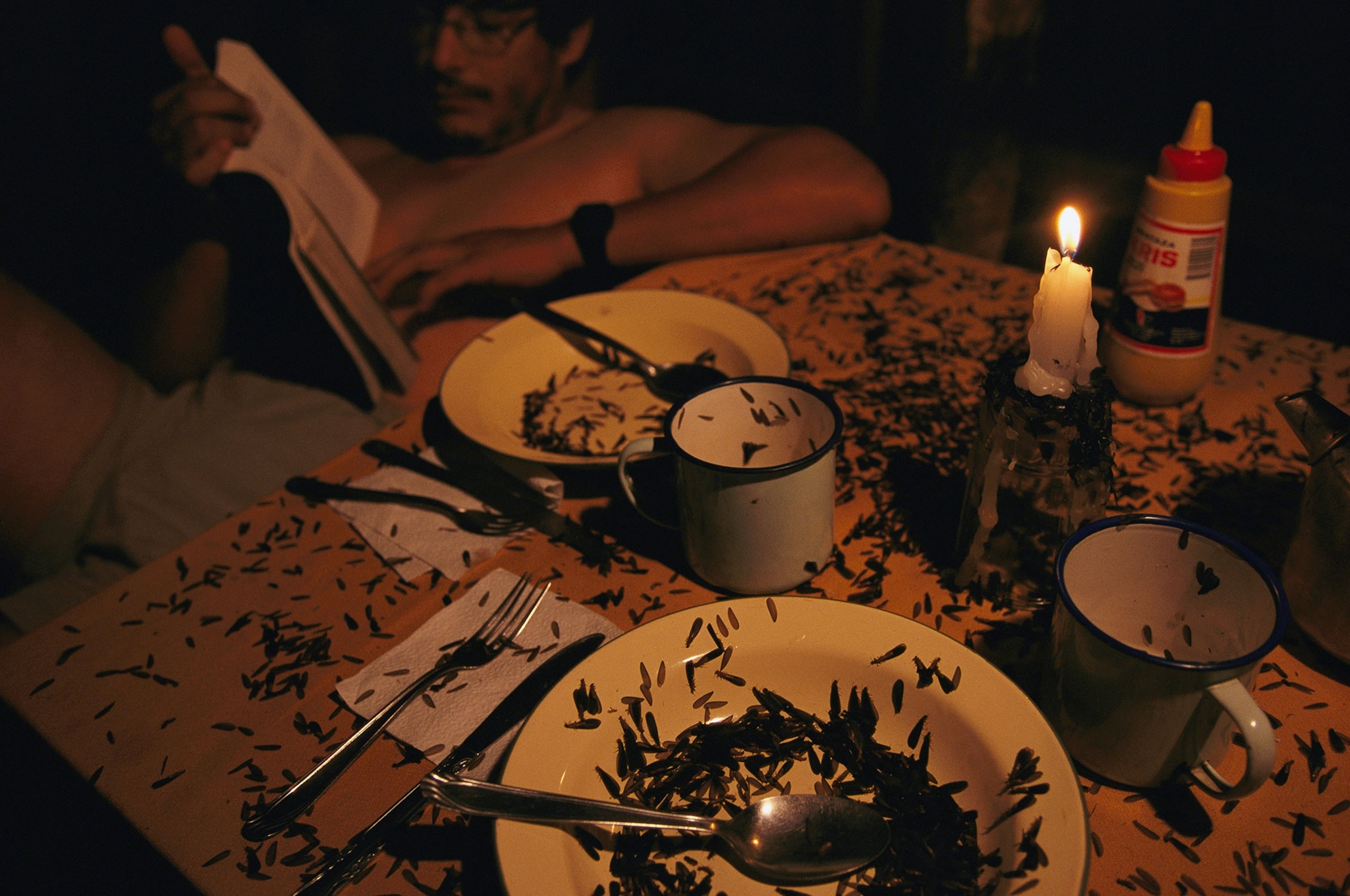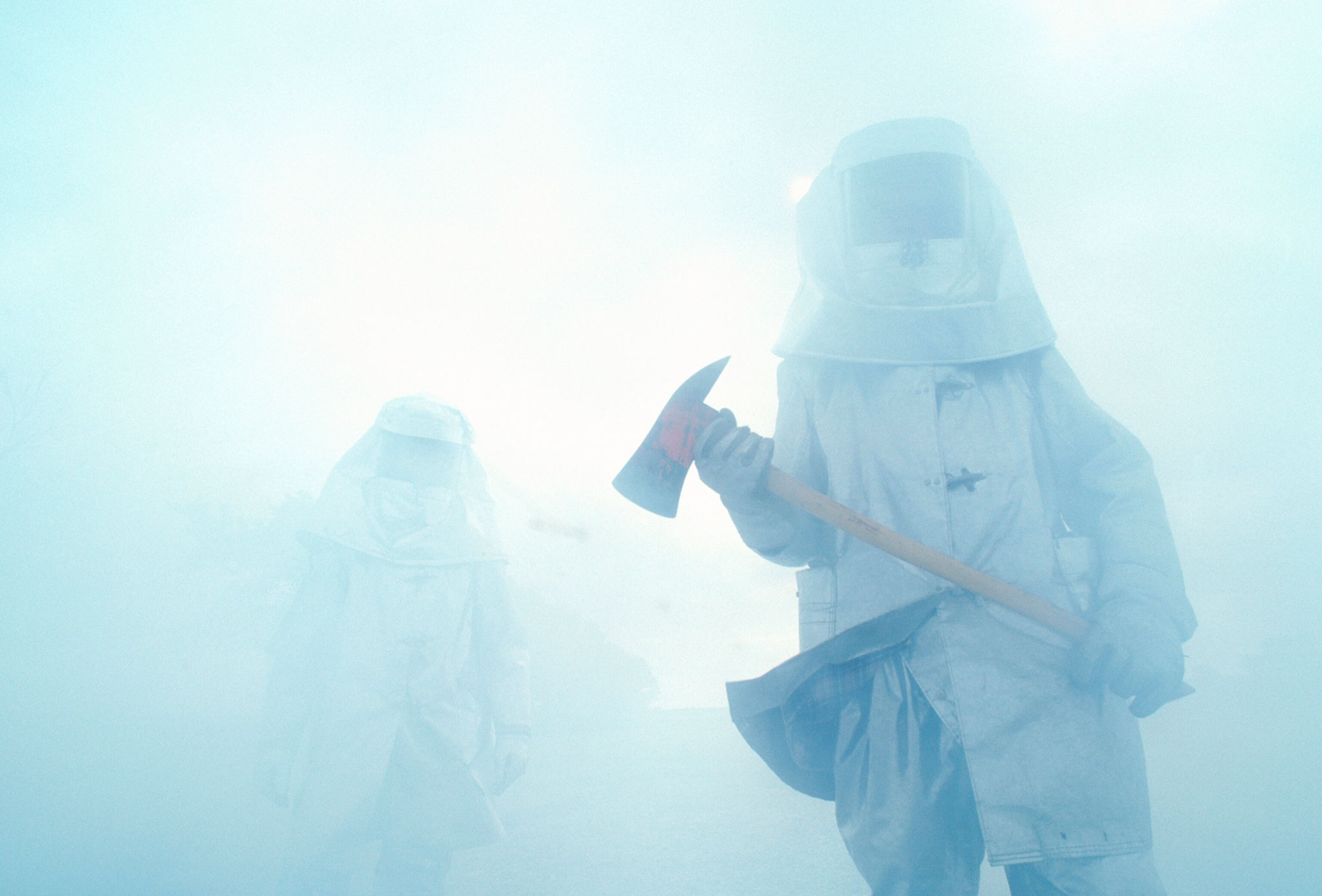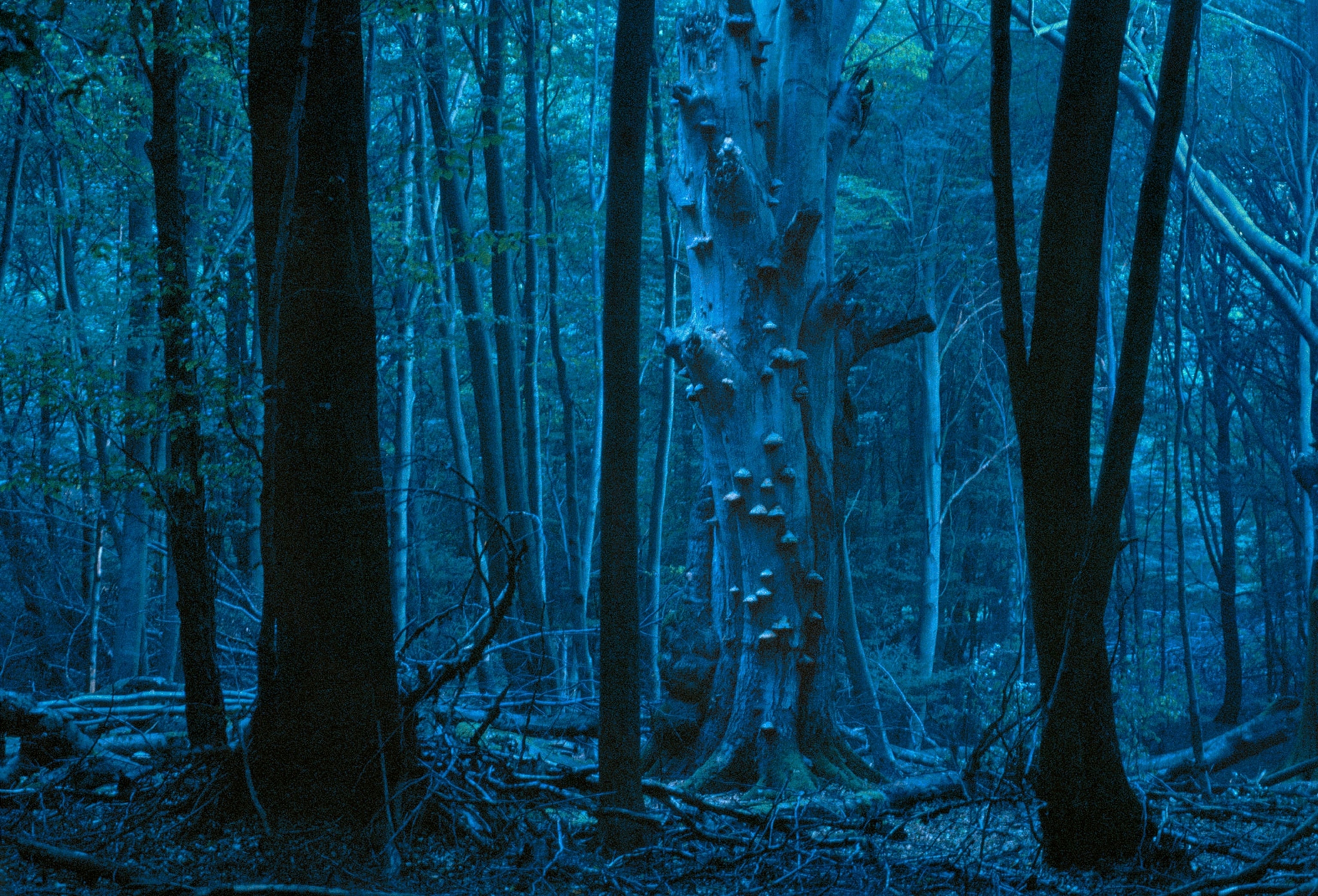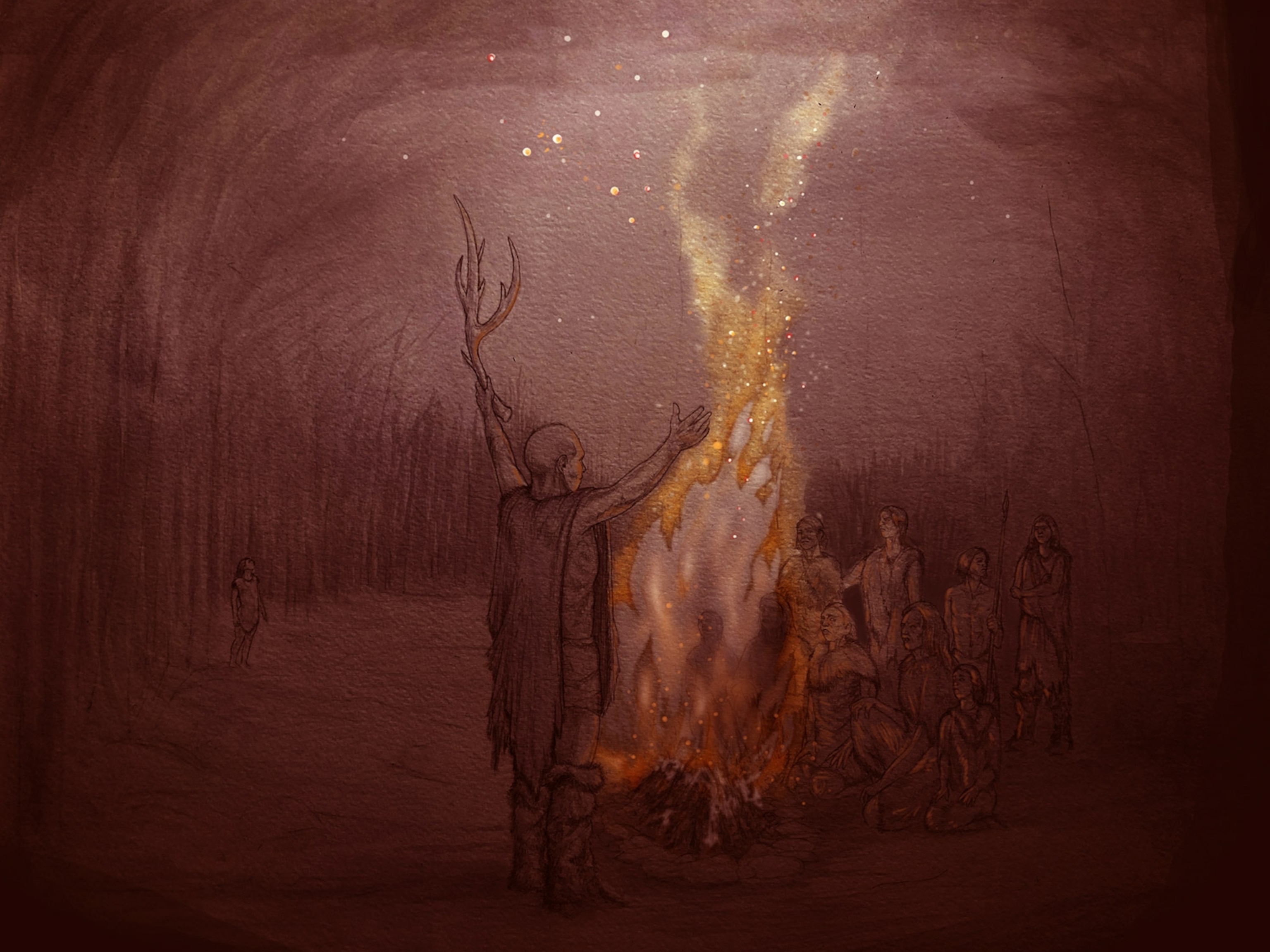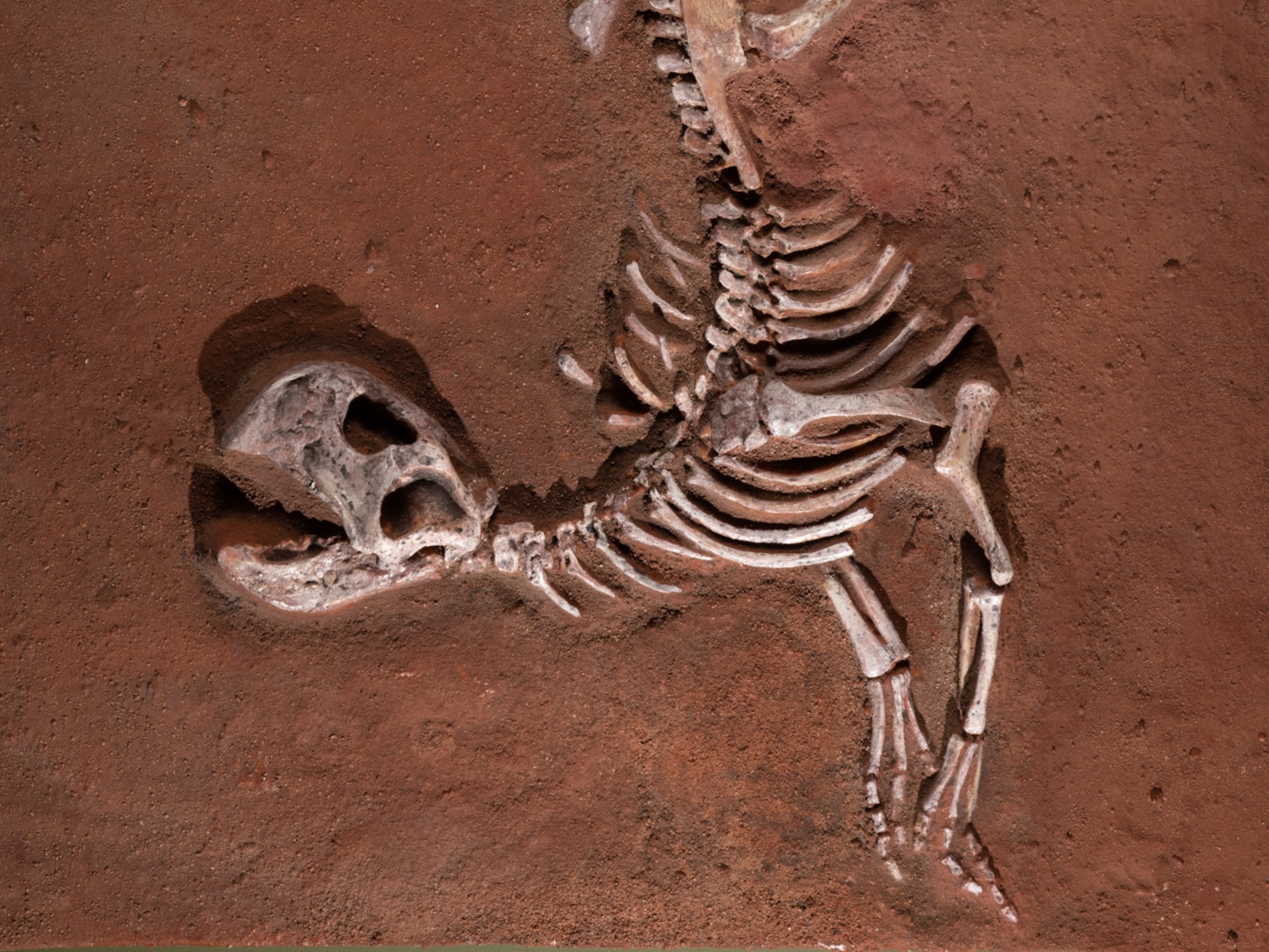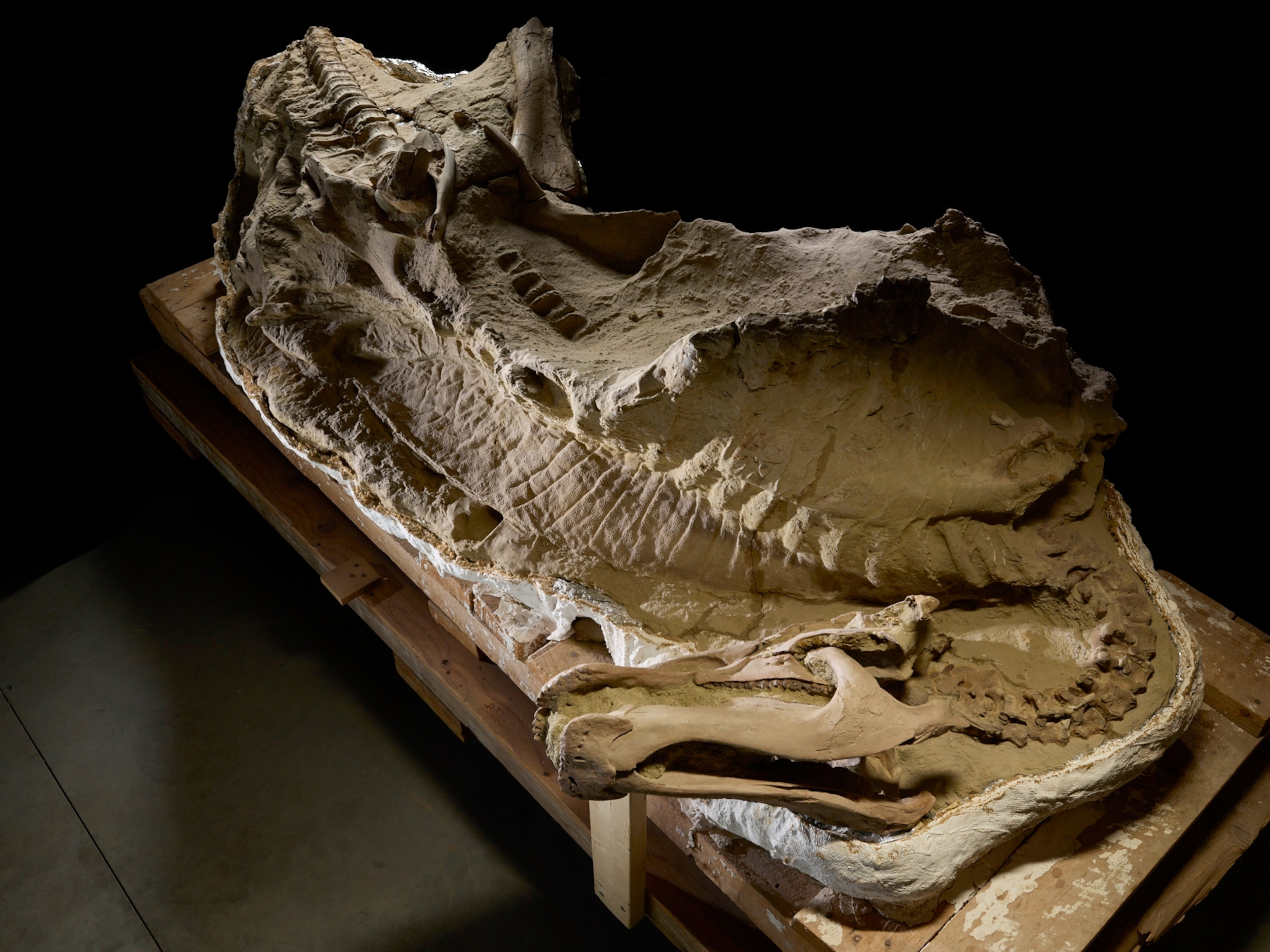
Bones of 30,000 Plague Victims Decorate This Church
Visit, if you dare.
The Gothic church standing in Sedlec near the quaint Czech Republic city of Kutná Hora looks pretty ordinary from the outside, but head into the basement to discover something chilling: Bones of thousands of humans were bleached then ornately carved, and now artfully cover everything in sight.
As the story goes, a local abbot made a pilgrimage in the 13th century to Jerusalem and brought back some sacred soil to spread across the church cemetery. Word got out, making the Sedlec cemetery one of the region’s most popular places to be buried.
When the plague ravaged Europe in the 14th century, nearly 30,000 victims were added to the plots. The Crusades then brought 10,000 more casualties to rest in this particular cemetery, not to mention other burials followed over time.
When the community started to construct the Gothic church in the 15th century, many bones were moved and stacked in pyramids in the ossuary beneath the new building. Everything was left undisturbed until 1870, when the church hired a local woodcarver, Francis Rint, to create something beautiful from the staggering piles of bones.

He definitely succeeded. After bleaching and carving the bones, he used them to decorate the holy space. Rint made chains of skulls to stretch across entryways. Chalices and crosses were constructed from hips and femurs. There's even a detailed family crest, thanking the aristocratic family that funded the initiative, adorning a wall.
But the Sedjec Ossuary's pièce de résistance is the tremendous chandelier, said to incorporate every single bone in the human body at least once. Candles glow from gleaming white skulls, staring down the visitors who dare to enter. Employee Vendula Krůlová explains that a specialist now cleans the bones individually with a toothbrush.
- National Geographic Expeditions
Sedlec Ossuary is only one of a handful of macabre destinations across Europe. Czech Republic also hosts the Brno Ossuary, with the bones of some 50,000 humans. Poland is home to the chapel of skulls Kaplica Czaszek, Portugal has Capela dos Ossos in Évora, and the Paris Catacombs contain the remains of more than six million. Still, Sedlec Ossuary, is the second most-visited destination in Czech Republic, with tourists arriving each day after an hour-long train ride from Prague.
Undoubtedly, the unique destination makes a big impact, but it affects everyone differently, according Krůlová: "It is a transcendental place, full of questions. Somebody finds here the peace, somebody anxiety. Everybody is different, but for sure we know, that one day we will be the same as people in the ossuary: Memento mori.
















